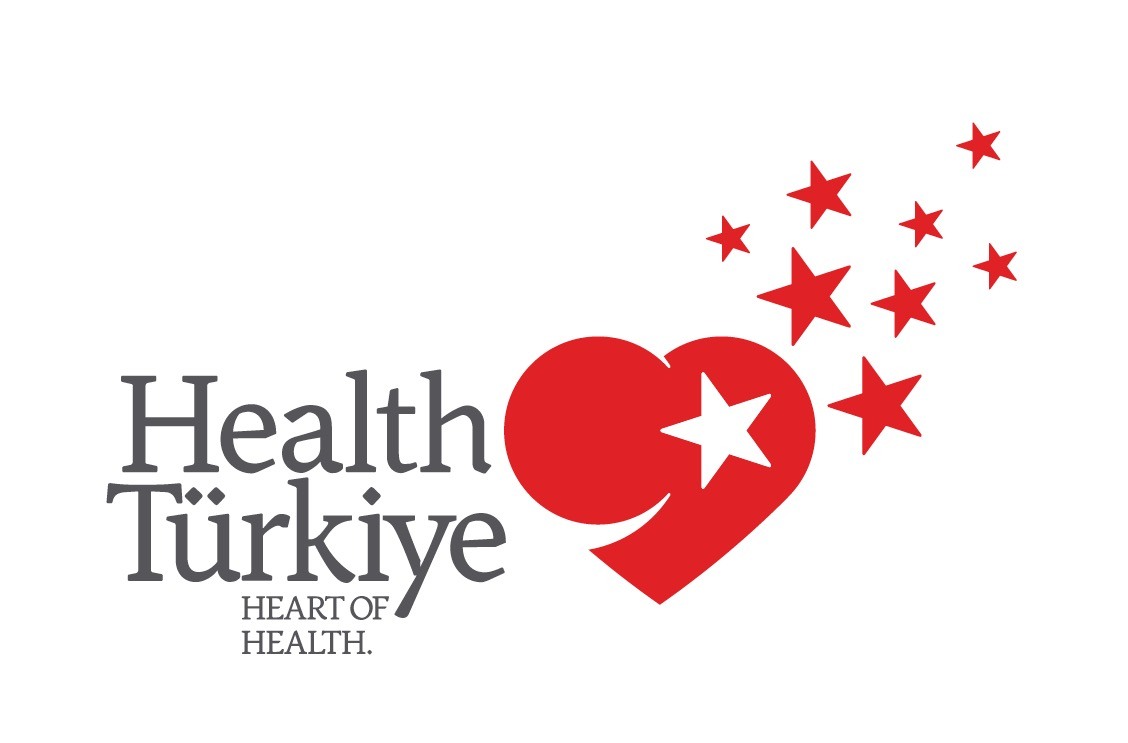- Teomanpaşa Mahallesi, Yeşilırmak Caddesi no:14 Kepez / Antalya
- info@palmiyedental.com

Conventional imaging techniques in dental radiology allow only two-dimensional imaging of three-dimensional complex structures. Therefore, these imaging techniques are of limited value in the analysis of anatomy or pathological changes. Technological advances in the late 90s have initiated radiological 3-dimensional imaging applications in dentistry. Volumetric tomography systems, which are the beginning of a new understanding in dentomaxillofacial radiology and therefore dentistry, continue to offer innovations today.
How is it applied?These systems, which are generally referred to as dental volumetric tomography (DVT), are also called “Cone Beam Computerized Tomography (CBCT)”, Cone beam systems, “Cone beam 3-Dimensional Volumetric Tomography”. The working principle of dental volumetric tomography: Imaging is obtained using a “gantry” rotating on an axis to which the x-ray source and detector are attached.
What are Intraoral Radiographs?Intraoral radiographs include periapical radiographs routinely used by many dentists. With periapical radiography, one or more teeth and surrounding tissues and the alveolar bone around the teeth can be monitored. Tooth decay, tooth root infection, periodontal bone loss, secondary caries, etc. can be viewed with periapical radiography.
How is it applied?The use of imaging methods in the diagnosis, treatment plan and treatment follow-up stages of oral and dental health will increase success. For this purpose, two-dimensional radiographs and three-dimensional tomography can be used.
Panoramic X-rays are X-rays that help treatment planning to be done more quickly and completely. Panoramic X-rays are needed in the diagnosis of cysts, caries and tumors that cannot be seen with the eye in the jaw and teeth.
Panoramic X-rays are X-rays that help treatment planning to be done more quickly and completely. Panoramic X-rays are needed in the diagnosis of cysts, caries and tumors that cannot be seen with the eye in the jaw and teeth. It is an x-ray that the doctor should see before any surgical interventions related to the jaw and teeth. Because these x-rays show the area to be treated in a wide way and increase the success of the operation.
How is it applied?Panoramic dental x-rays can be used to view the amount of bone surrounding the teeth, hidden cysts and tumors, pathological formations, impacted teeth, caries, fractures, tooth and jaw development abnormalities, and the positions of the jaw joints. Panoramic films, which allow large anatomical regions to be displayed on a single film, cause the patient to be exposed to less radiation compared to other types of X-rays. Since it can be used even in patients who cannot open their mouths, it provides ease of positioning. During filming, attention should be paid to the technician's commands, and accessories such as piercings, earrings and glasses should be removed so that they do not appear on the X-ray. For a healthy image, the patient should never move during filming.
A successful intraoral treatment is only possible with the correct diagnosis. Oral Diagnosis, identifies all intraoral and extraoral problems in dentistry, helps to use scientific knowledge to determine the relationship between them and to provide the correct treatments in line with the results obtained. A good oral diagnosis is made with extraoral examination, intraoral examination and radiological examination.
Extraoral examination covers the mouth and surrounding tissues (face, jaws, jaw joint, lips, nose, neck, chin etc.). In addition, teeth are examined in a systematic order in intraoral examination. They are evaluated in terms of gingival recession, plaque, tartar accumulation, fistula presence, mobility, caries, incompatible restorations, crowding, color, number and shape disorders. After examining the teeth one by one, patients are also examined in terms of occlusion and the relationship of the jaws to each other.All teeth and oral tissues should be evaluated and if interventions are required for teeth that do not yet have complaints, it is necessary to inform.
Dental caries that are not yet deep may not cause discomfort, but they can cause discomfort when they progress. Or, if information is obtained about gum disease in its early stages, gum recession and tooth loss can be prevented in the future.
Copyright © 2021 Özel Palmiye Ağız ve Diş Sağlığı Alondan
